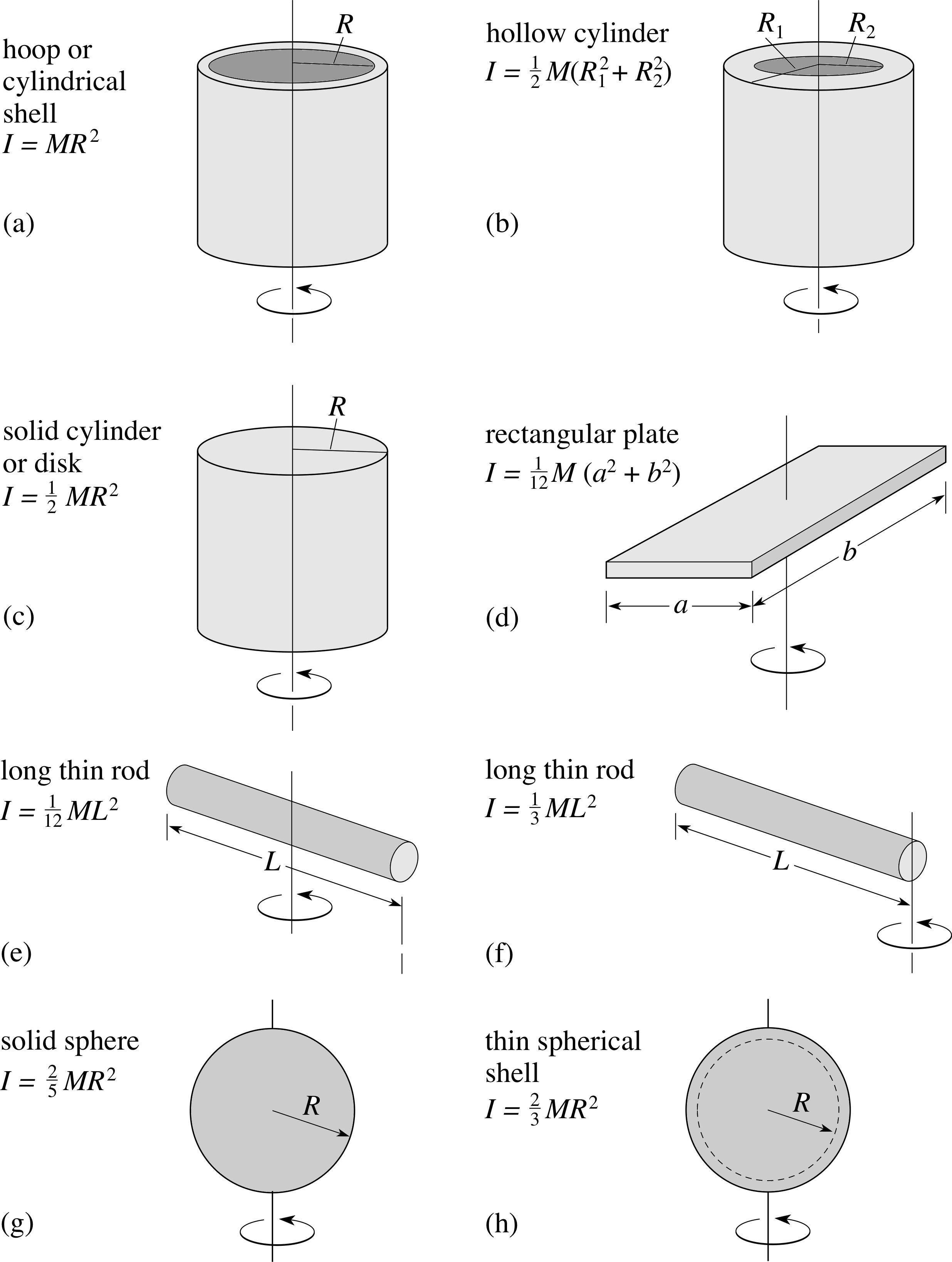

Typically, under gravity loads, the original length of the beam is slightly reduced to enclose a smaller radius arc at the top of the beam, resulting in compression, while the same original beam length at the bottom of the beam is slightly stretched to enclose a larger radius arc, and so is under tension. Internally, beams subjected to loads that do not induce torsion or axial loading experience compressive, tensile and shear stresses as a result of the loads applied to them. The second moment of inertia of the universal beam is nine times that of the square beam of equal cross section (universal beam web ignored for simplification) Stress The universal beam flange sections are three times further apart than the solid beam's upper and lower halves. The greater I is, the stiffer the beam in bending, for a given material.ĭiagram of stiffness of a simple square beam (A) and universal beam (B). Therefore, it encompasses not just how much area the beam section has overall, but how far each bit of area is from the axis, squared.
Moment of inertia equation i beam Patch#
It is commonly known as the moment of inertia, and is the sum, about the neutral axis, of dA*r^2, where r is the distance from the neutral axis, and dA is a small patch of area. In the beam equation I is used to represent the second moment of area. Second moment of Area (Area moment of inertia)

Cantilever – a projecting beam fixed only at one end.Continuous – a beam extending over more than two supports.Double overhanging – a simple beam with both ends extending beyond its supports on both ends.Overhanging – a simple beam extending beyond its support on one end.Fixed or encastré (encastrated) – a beam supported on both ends and restrained from rotation.
Moment of inertia equation i beam free#
Simply supported – a beam supported on the ends which are free to rotate and have no moment resistance.In engineering, beams are of several types: In light frame construction, joists may rest on beams.Ĭlassification based on supports The loads carried by a beam are transferred to columns, walls, or girders, which then transfer the force to adjacent structural compression members and eventually to the ground. They are also used to carry horizontal loads (e.g., loads due to an earthquake or wind or in tension to resist rafter thrust as a tie beam or (usually) compression as a collar beam). Beams primarily carry vertical gravitational forces. Historically beams were squared timbers but are also metal, stone, or combinations of wood and metal such as a flitch beam.

In these structures, any structural element, in any orientation, that primarily resists loads applied laterally to the element's axis would be a beam element. However, any structure may contain beams, for instance automobile frames, aircraft components, machine frames, and other mechanical or structural systems. Beams are characterized by their manner of support, profile (shape of cross-section), equilibrium conditions, length, and their material.īeams are traditionally descriptions of building or civil engineering structural elements, where the beams are horizontal and carry vertical loads. The total effect of all the forces acting on the beam is to produce shear forces and bending moments within the beams, that in turn induce internal stresses, strains and deflections of the beam. The loads applied to the beam result in reaction forces at the beam's support points. Its mode of deflection is primarily by bending. Structural element capable of withstanding loads by resisting bending A statically determinate beam, bending (sagging) under a uniformly distributed loadĪ beam is a structural element that primarily resists loads applied laterally to the beam's axis (an element designed to carry primarily axial load would be a strut or column).


 0 kommentar(er)
0 kommentar(er)
